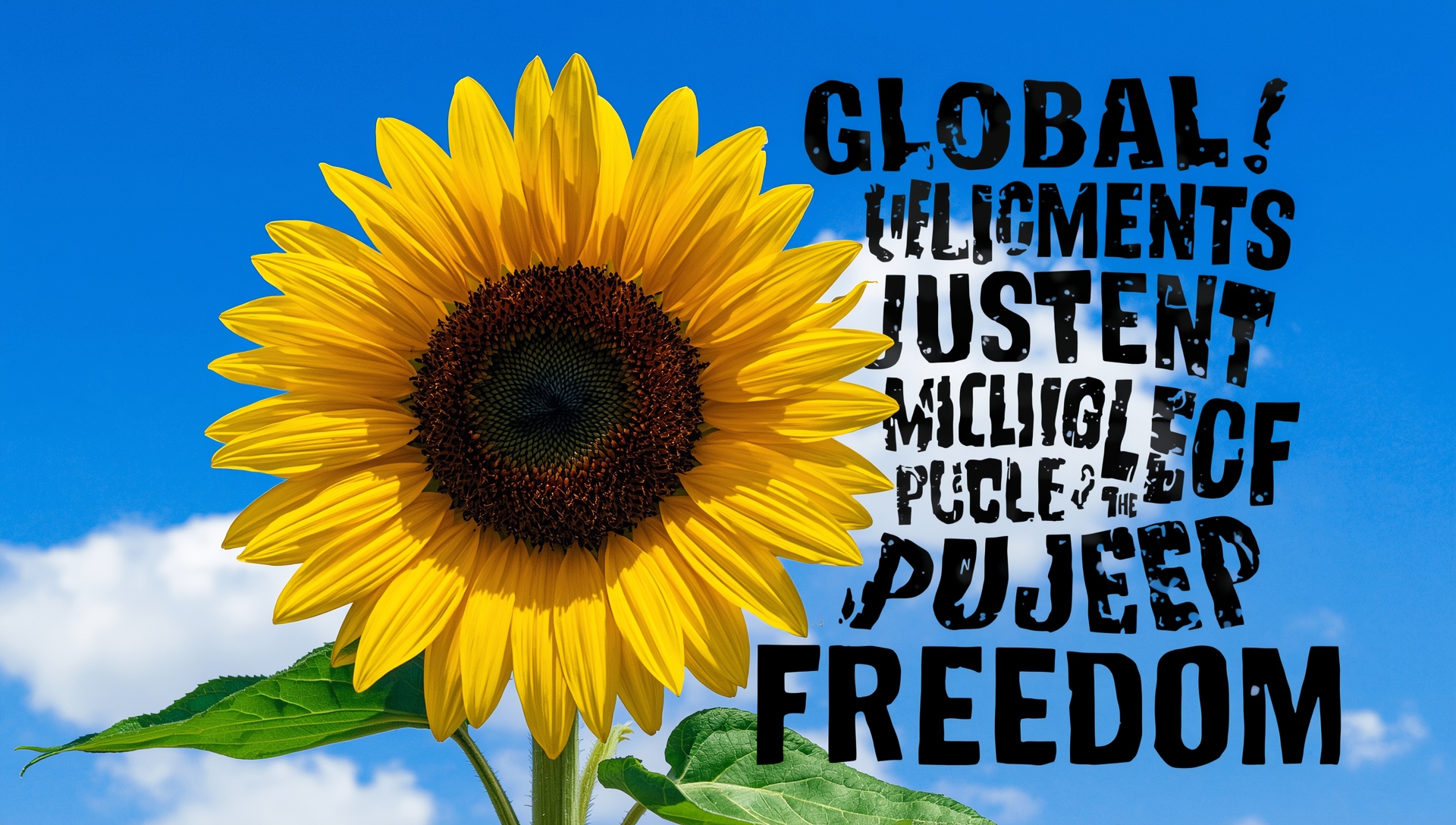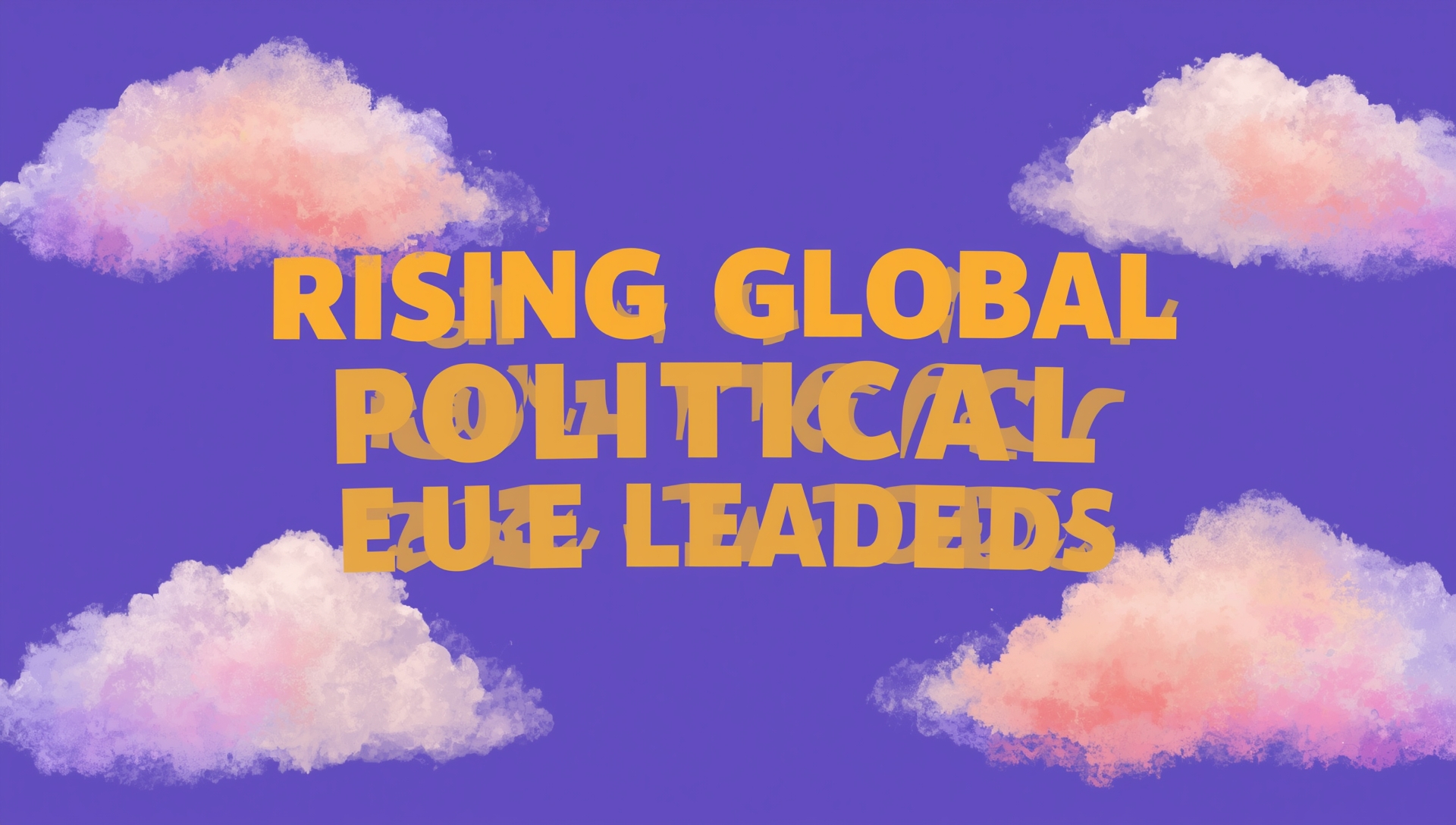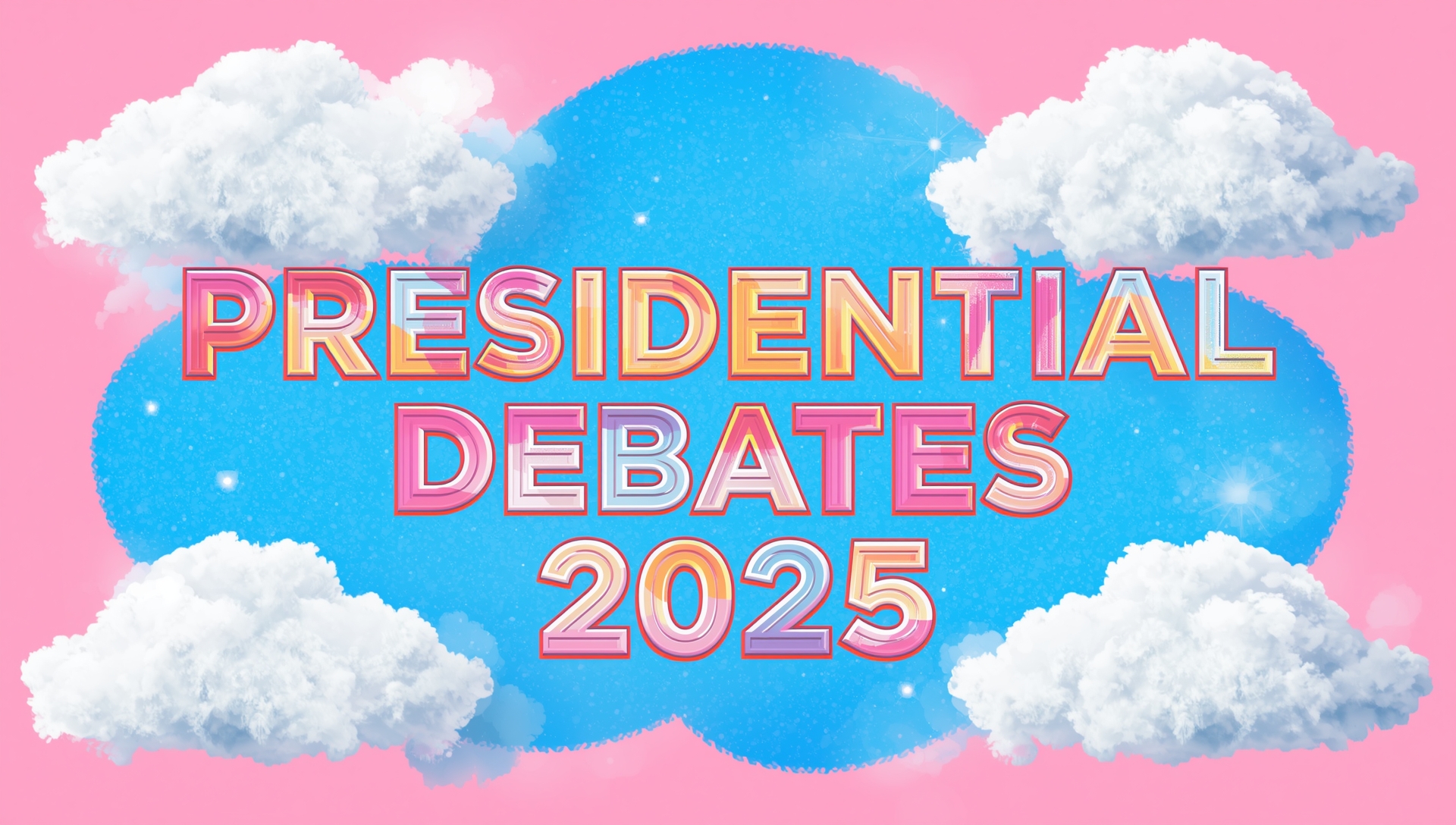In 2025, national planning around the world has placed a greater emphasis on urban development as cities grow to handle population growth, economic changes, and technological improvements. Urban areas are now centres of innovation, sustainability, and social mobility in addition to being places to live and work. The goal of creating livable, resilient, and inclusive cities is reflected in recent updates on urban development, which include everything from smart infrastructure to affordable housing initiatives and green areas.
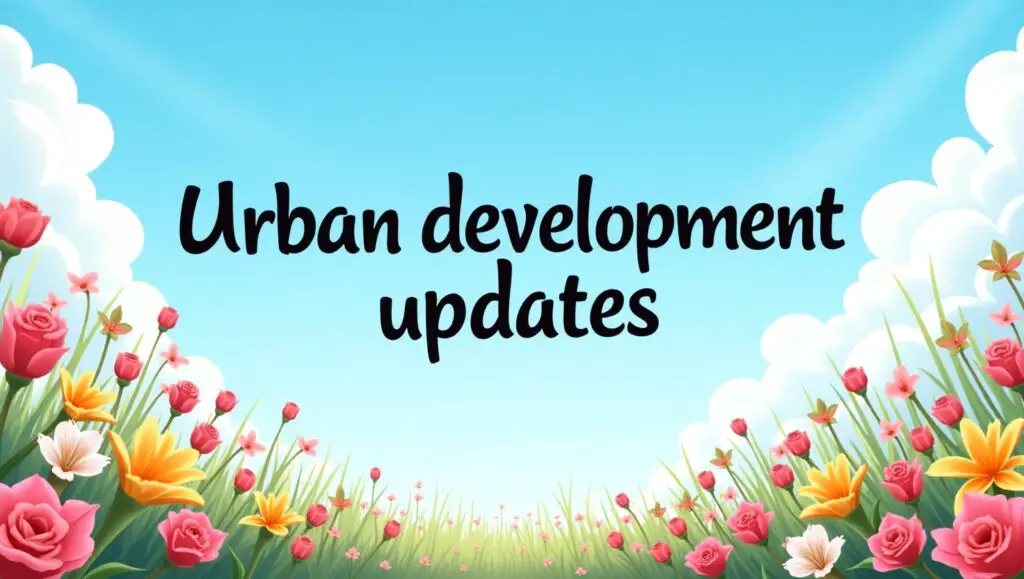
Growing Urban Populations and Difficulties in Planning
The rate of urbanization is increasing quickly. More than 56% of people on Earth already reside in cities, and by 2050, that percentage is predicted to rise to 70%, according to UN-Habitat. As a result, local governments are under tremendous pressure to supply clean water, control traffic, upgrade infrastructure, and provide affordable housing. In order to satisfy these needs, proactive urban planning is becoming more and more important in 2025.
To lessen the strain on city centres, major cities like Karachi, Mumbai, Lagos, and Jakarta are putting multi-tier urban development plans into action. These plans emphasize decentralized business areas, high-density housing, and improved transit networks.
Initiatives for Smart Cities Are Getting More traction
In 2025, the smart city movement is still gaining traction. To enhance public services, lower emissions, and boost citizen participation, governments are utilizing data and digital technologies. Advanced AI-powered traffic systems have been used in cities like Seoul, Singapore, and Dubai to ease traffic and provide real-time air quality monitoring.
With automated waste collection, smart grid energy systems, and integrated security elements, Pakistan’s Lahore Smart City and Islamabad’s Capital Smart City are growing quickly. A larger regional trend toward digitalized urban living is reflected in these projects.
Projects for Affordable Housing in Focus
The need for affordable housing is crucial given the ongoing urban migration. To address the housing shortage, numerous governments and private developers have started projects this year. For instance, the Pradhan Mantri Awas Yojana (PMAY) in India has increased its construction goals with the goal of constructing more than 10 million affordable houses by 2026.
Similar to this, new housing units are being built in cities like Lahore, Faisalabad, and Peshawar as part of Pakistan’s Naya Pakistan Housing Program, which is progressing in 2025. These initiatives, which target low-income households, are backed by public-private partnerships, mortgage finance, and subsidies.
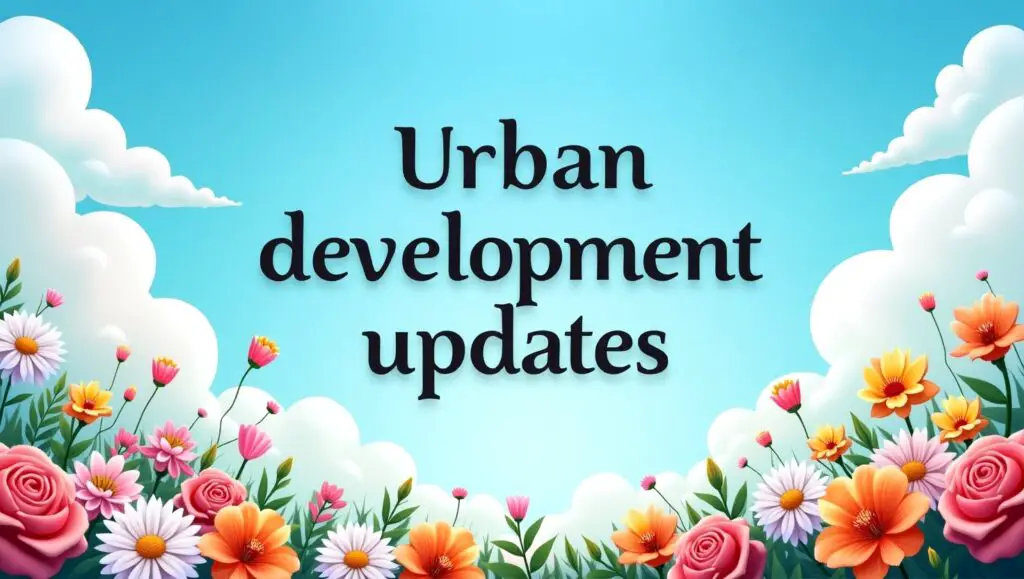
The Roots of Greener Urban Development
In the development of cities, environmental sustainability has emerged as a major concern. Green belts, vertical gardens, and environmentally friendly public transportation systems are being incorporated into new developments by urban planners in 2025. Leading cities with aggressive targets for net-zero carbon emissions include Copenhagen, Vancouver, and Melbourne.
Sustainable building approaches are becoming more and more important in developing nations. To reduce its negative effects on the environment, Karachi’s Malir Expressway project now has solar-powered streetlights and green corridors. Rooftop gardens and community tree-planting initiatives are also helping to improve air quality and lessen urban heat in Asia and Africa.
Electrification and Growth in Urban Transportation
In many areas, urban transportation networks are being redesigned to accommodate the increasing demands of commuters. The growth of metro rail and bus rapid transit (BRT) systems is a definite trend in 2025. Additional mass transport investments in Pakistani cities, such as new routes in Rawalpindi and Quetta, have been spurred by Lahore’s Orange Line Metro Train.
Another key area of concentration is the electrification of public transportation. Fuel-powered choices are being replaced by electric buses, bikes, and ride-hailing vehicles. Government incentives and better charging infrastructure are driving up the use of e-vehicles in places like Delhi, Nairobi, and Jakarta.
Rehabilitation of Slums and Inclusive Growth
The emphasis on inclusive urban growth is another significant trend for 2025. The development of mixed-income communities, the regularization of informal settlements, and slum redevelopment are all contributing to the reduction of the urban wealth gap. The Favela Urban Integration Program in Rio de Janeiro, Brazil, has grown, providing impoverished neighbourhoods with basic utilities including power, sewerage, and medical facilities.
In a similar vein, South Asian cities are advancing social fairness alongside urban development by improving katchi abadis (slums) with improved housing rights, sanitation, and vocational training facilities.
Using Technology in Urban Planning
Urban development in 2025 will be significantly impacted by technology such as artificial intelligence (AI), geographic information systems (GIS), and the Internet of Things (IoT). Digital tools are enhancing municipal planning and execution, from regulating water usage and construction plans to monitoring traffic flow.
AI-powered building management systems regulate ventilation, lighting, and energy consumption in Islamabad and Karachi’s smart districts, improving efficiency and reducing expenses. These developments are progressively taking the lead in urban design.
Prospects for the Future: Urban Development After 2025
In the future, community involvement, digital integration, and climate resilience will influence urban development. Future urban designs will place a higher priority on flood defences, heat mitigation, and water conservation because climate change poses serious dangers to coastal cities and infrastructure.
Furthermore, the idea of a “15-minute city”—where all necessary services are within a 15-minute bike ride or walk—is becoming more and more popular. These modest, human-centered layouts are being piloted in cities across North America and Europe to enhance quality of life and lessen dependency on automobiles.
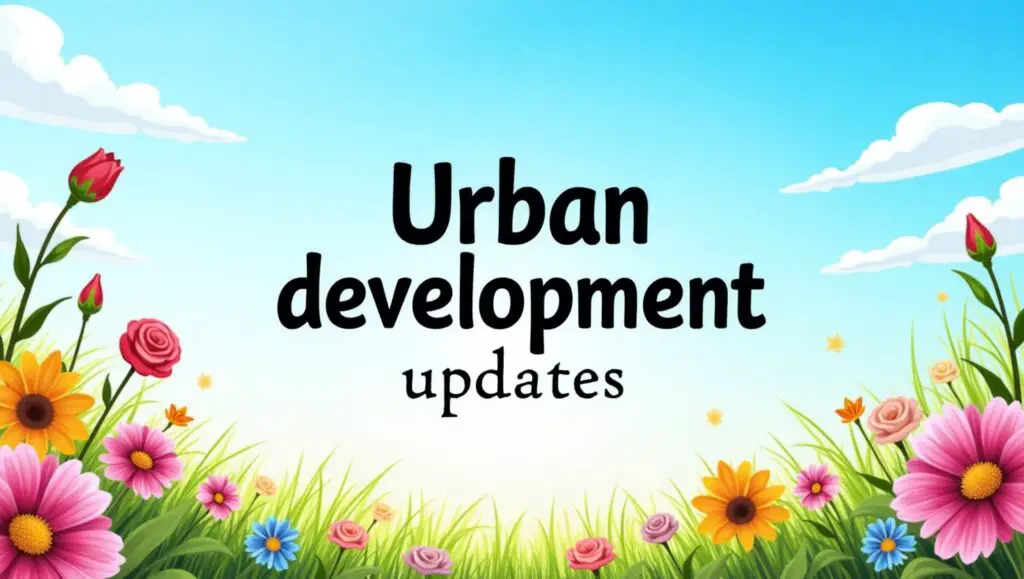
In conclusion
In 2025, urban development will show how technology, sustainability, and social inclusion are dynamically intersecting. In order to create cities that not only support growth but also improve the quality of life for all citizens, governments, planners, and citizens are collaborating. Building resilient cities of the future will need investing in more intelligent, environmentally friendly, and equitable development options as the urban population continues to grow.
Search engine optimization keywords include: 2025 urban development updates, smart cities, affordable housing, green cities, sustainable urban planning, urban transit, slum rehabilitation, smart city projects in Pakistan, city infrastructure 2025, and the future of urban development.
I can further customize this article if you would like it to be geared toward a particular region, such as the Middle East, India, or Pakistan.

